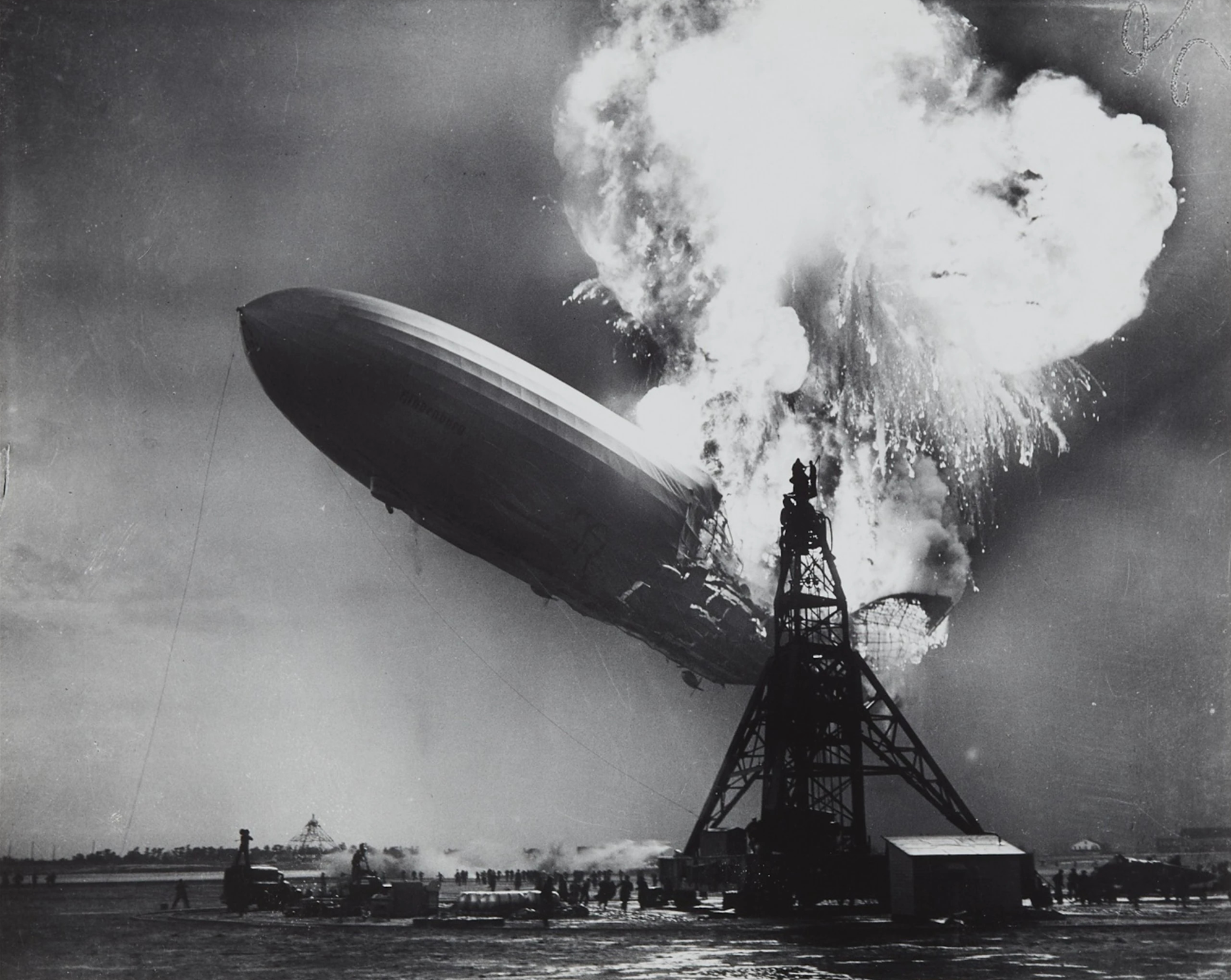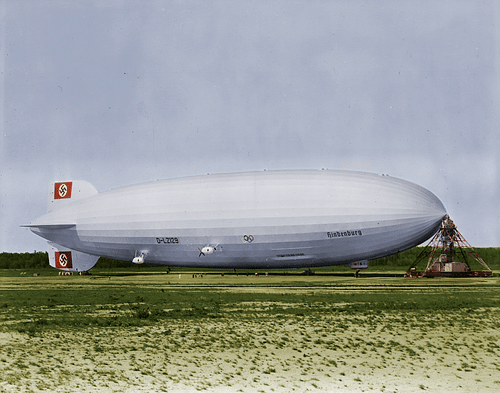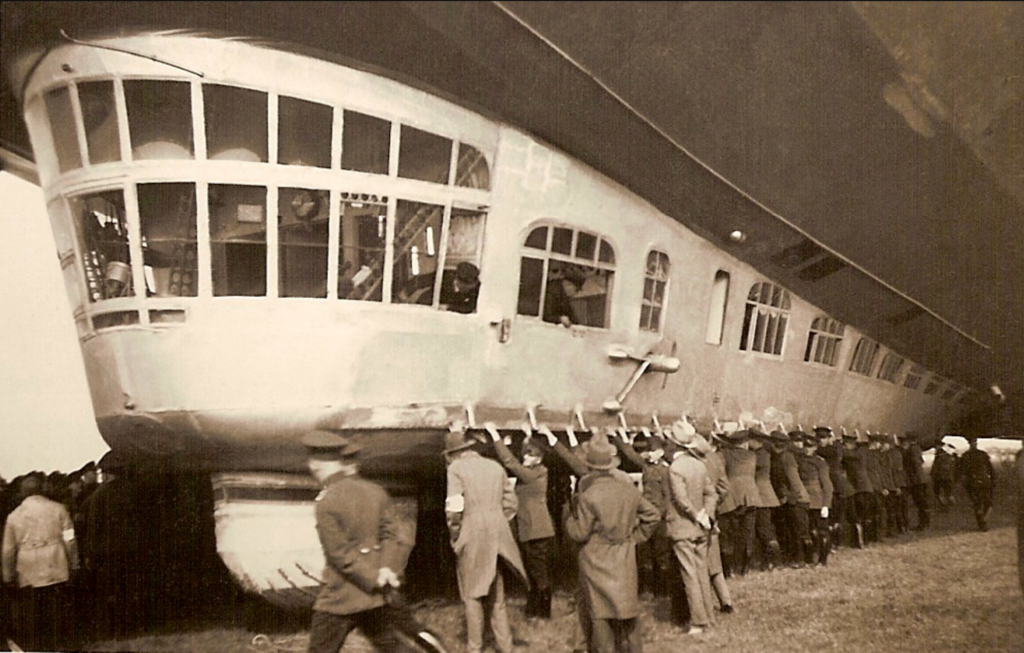The Transatlantic Zeppelins: A Soaring Chapter in Aviation History

Long before jetliners crisscrossed the skies with ease, a more graceful — and far more romantic — form of air travel captured the world’s imagination: the Zeppelin. These enormous, cigar-shaped airships once floated across the Atlantic Ocean, ferrying passengers in style during an era when powered flight was still in its infancy. The story of the transatlantic Zeppelins is one of technological innovation, daring engineering, geopolitical ambition, and eventual tragedy. It offers a fascinating window into the early 20th century’s dreams of connecting continents by air.
Origins: Count Zeppelin’s Vision
The transatlantic zeppelin dream began with Count Ferdinand von Zeppelin, a German general and inventor who believed that rigid airships could revolutionize transportation. His designs, starting with LZ 1 in 1900, formed the basis for a fleet of airships that would eventually include transatlantic voyages.
These airships were constructed with a rigid internal framework made of aluminum and filled with hydrogen gas, making them both buoyant and lightweight. Though vulnerable to fire, hydrogen provided the lift necessary to keep the enormous crafts aloft.
Golden Age of Zeppelins: Transatlantic Triumphs
The golden age of transatlantic Zeppelin travel spanned the late 1920s to the late 1930s. The most famous of these voyages involved two iconic German-built airships:
1. LZ 127 Graf Zeppelin
- Launched in 1928, the Graf Zeppelin was the first airship to regularly cross the Atlantic.
- It completed 590 flights during its lifetime, including trips to the United States, South America, and a global circumnavigation in 1929.
- Luxuriously appointed, the Graf Zeppelin offered sleeping cabins, dining rooms, observation decks, and even a writing room for correspondence.
- It could travel at speeds of up to 80 mph (128 km/h) and carry dozens of passengers.
2. LZ 129 Hindenburg
- The Hindenburg was the largest airship ever built, launched in 1936.
- Designed to use helium for safety, the U.S. refused to export helium to Nazi Germany, so it flew with flammable hydrogen instead.
- It completed 17 successful transatlantic crossings in its first year, connecting Germany and the U.S. in unprecedented comfort.

Onboard Life: Flying in Luxury
Unlike the cramped airplanes of the early era, Zeppelin travel was elegant and spacious. Onboard facilities included:
- Private cabins with beds and sinks
- A dining salon with white-tablecloth service
- A smoking lounge (onboard a hydrogen-filled airship, protected by pressurization)
- A viewing promenade with panoramic windows
Passengers could walk freely, dine at leisure, and enjoy multi-day voyages while hovering silently above the clouds.
Scientific and Cultural Impact
Zeppelins weren’t just commercial marvels — they were also used for scientific exploration and propaganda:
- The Graf Zeppelin conducted Arctic research flights, contributing to meteorology and polar mapping.
- Both the Graf Zeppelin and Hindenburg were used by Nazi Germany to display national prestige and technological superiority.
- The Zeppelin era inspired books, postcards, souvenirs, and a lasting fascination with lighter-than-air travel.
The Hindenburg Disaster and the End of an Era
On May 6, 1937, the Hindenburg caught fire while attempting to land at Lakehurst, New Jersey. Of the 97 people aboard, 36 died, including one member of the ground crew. The disaster, captured in chilling photographs and radio broadcasts, marked the sudden and dramatic end of the transatlantic Zeppelin age.
The probable cause was a static spark igniting the hydrogen gas. Although other Zeppelins had flown safely for years, public confidence in airships was permanently shattered. Scheduled services were canceled, and the remaining airships were dismantled or repurposed.
Why Did Zeppelins Fail Long-Term?
Despite their innovation, transatlantic Zeppelins were ultimately overtaken by technological and political factors:
- Safety issues with hydrogen
- The rise of faster, safer airplanes
- World War II, which shifted focus to military aviation
- The impracticality of large, delicate airships in bad weather
They were too large, too slow, and too vulnerable for the demands of modern transport.
Legacy and Modern Fascination
Today, Zeppelins still exist in smaller, modern forms using non-flammable helium. They serve roles in advertising, surveillance, and tourism. Yet, none compare in grandeur to the original transatlantic giants.
Zeppelins remain symbols of a time when humanity dared to conquer the skies with floating palaces of aluminum and gas — a dream both majestic and flawed.

Conclusion: Sky-Bound Pioneers
The story of the transatlantic Zeppelins is more than just one of transportation — it’s a tale of human ingenuity, ambition, and tragedy. Though short-lived, their era stands as one of the most captivating chapters in aviation history. In the shimmering skin of a Zeppelin was reflected both the promise and peril of an age that believed nothing could keep humanity grounded — not even the sky itself.




